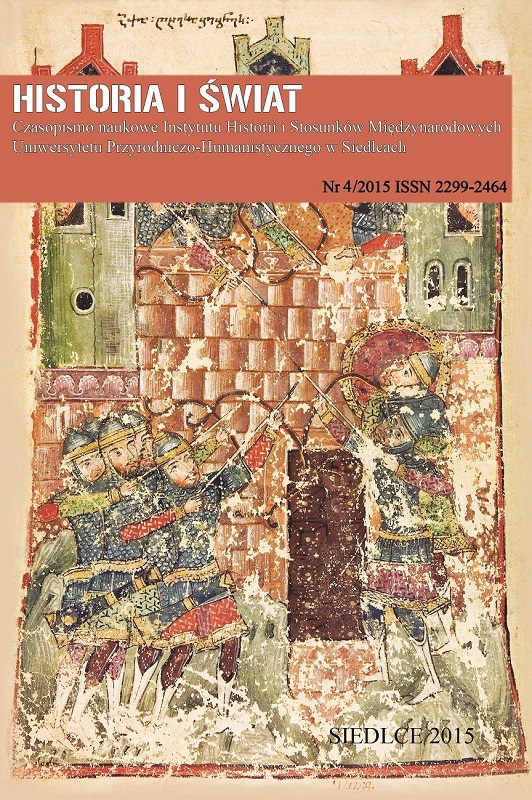Six Problèmes d’interprétation dans les règnes de Pērōz, Balāš, Jāmāsp et Kavād
DOI:
https://doi.org/10.34739/his.2015.04.06Keywords:
Iran, Sasanids, pre-Islamic HistoryAbstract
The period from the fall of Peroz to the rise of Khusraw Anushirvan (484-531) is one of the most befuddling in all Sasanian history. Persian and Arabic sources for the period in question narrate or hint at Iran’s pacification of Armenia, factional strife at the Persian court, the propagation of the Mazdakite heresy, and Kavad’s war with the Romans of 502. Comparison to contemporary, or near contemporary, sources in Greek, Syriac, and Armenian shows that indigenous Iranian sources are full of chronological errors, confusion, embellishment, and perhaps deliberate falsehood. Bonner’s historiographical analysis proves that we cannot take sources such as Tabari, Dinawari, and Firdawsi at their word, and that our understanding of the period 484-531 must be substantially revised.
Downloads
Downloads
Published
Issue
Section
License
Copyright (c) 2015 Historia i Świat

This work is licensed under a Creative Commons Attribution-NoDerivatives 4.0 International License.




